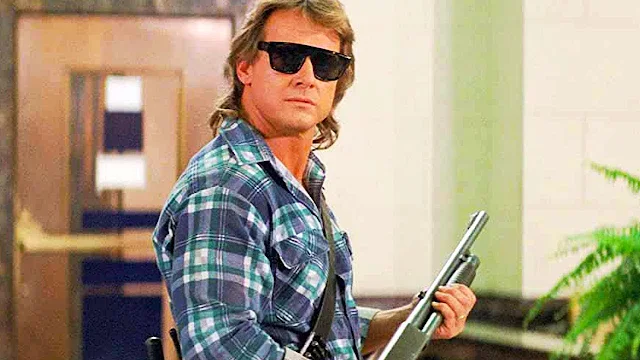Cast: Mathieu Amalric, Virginie Ledoyen, François Cluzet, Jeanne Balibar, Alex Descas, Arsinée Khanjian, Mia Hansen-Løve, Nathalie Richard, Eric Elmosnino. Screenplay: Olivier Assayas. Cinematography: Denis Lenoir. Production design: François-Renaud Labarthe. Film editing: Luc Barnier.
Late August, Early September is what you might call a “mood title” as opposed to a “content title.” It’s like the ones Yasujiro Ozu gave his films, such as Late Spring (1949) or Early Summer (1951), not so much about the time of the year as about the feelings those seasons or months evoke. Assayas’s film is about men and women who have reached that point in middle age at which it seems there’s no turning back, no starting a new path in life, but instead they must go on into their later years on the track where they’ve found themselves. The central character of the film is Gabriel (Mathieu Amalric), a writer/editor who at the start of the film is selling the apartment where he has lived with his girlfriend, Jenny (Jeanne Balibar). They have broken up fairly amicably and Gabriel has now started a relationship with another woman, Anne (Virginie Ledoyen), who is a little more impulsive and unsettled than Jenny. Gabriel is friends with Adrien (François Cluzet), a modestly successful novelist who is fretting about how modest that success has been. Adrien, too, has an ex, Lucie (Arsinée Khanjian), but he has now taken up with a 15-year-old girl, Véra (Mia Hansen-Løve), a relationship he has kept secret from his friends. Adrien is also suffering from an unnamed disease. The film explores the relationships among these characters, who talk and smoke and make love the way people in French films do – to the point where those of us who aren’t French may get a little impatient for the film to get on with a plot. But it’s so nicely acted by some very attractive performers that it didn’t wear me down, even though when it ended I wondered a little what point it was striving to make.

















































